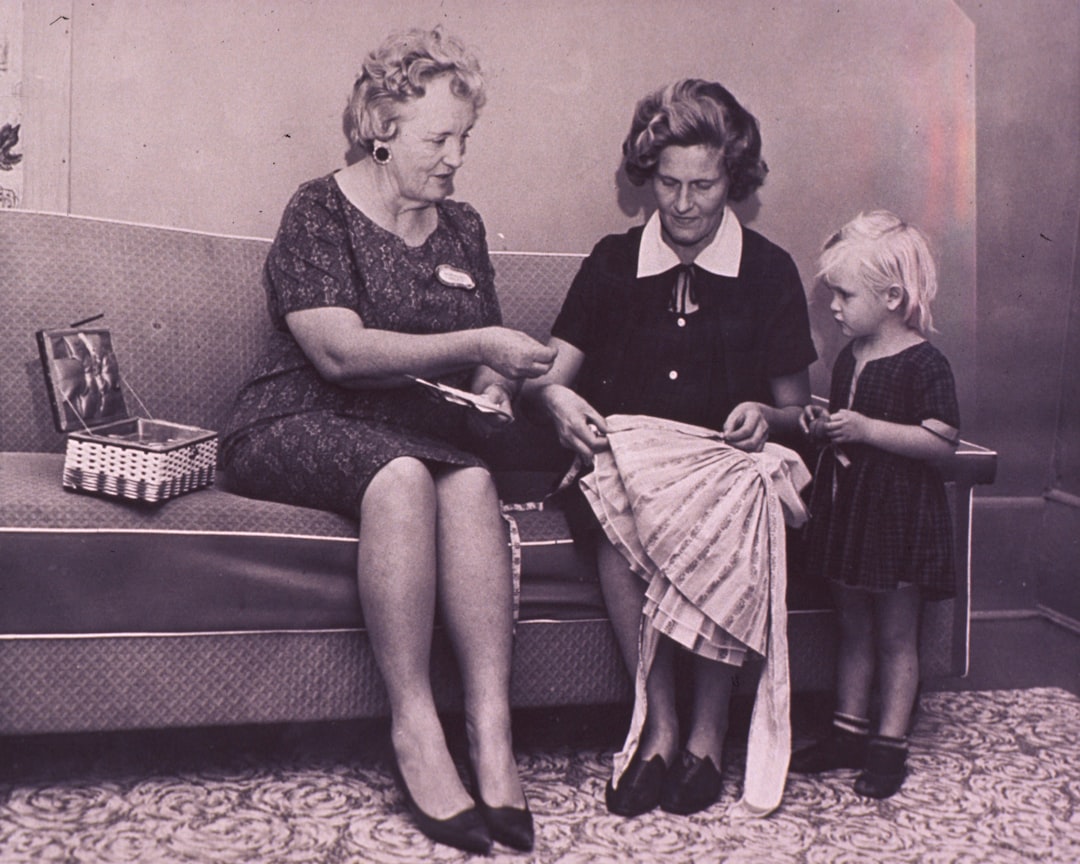What is it about?
Introducing new approach in management of upper limb and hand after stroke as the Impairments of the hand after stroke can be overcome by an intensive program of active exercise therapy that involves active, repetitive functional movements in addition to special splints.
Featured Image
Why is it important?
Paresis or paralysis of upper extremity impairs performance of many daily activities such as dressing, bathing, self-care, and writing, thus reducing functional independence. Only 5% of adults regain full arm function after stroke, and 20% regain no functional use. Hand splints are commonly used to prevent or stop long flexors shortening after stroke. There are many studies which support or oppose the use of hand splints. Such controversy is largely as a result of the lack of scientific evidence to document the type, frequency of use and even effectiveness of splinting. In this study, the wrist/fingers extension splint and task specific exercise training were immediately and in one-month follow-up were effective in improving fingers dexterity, upper extremity function and wrist/hand range of motion. These results may help to decrease the debate about the use of hand splints after stroke.
Perspectives
Disability after stroke can be potentially reduced by using scientifically based rehabilitation
Mohamed Khallaf
Cairo University
Read the Original
This page is a summary of: Effect of task specific training and wrist-fingers extension splint on hand joints range of motion and function after stroke, Neurorehabilitation, October 2017, IOS Press,
DOI: 10.3233/nre-162128.
You can read the full text:
Contributors
The following have contributed to this page










